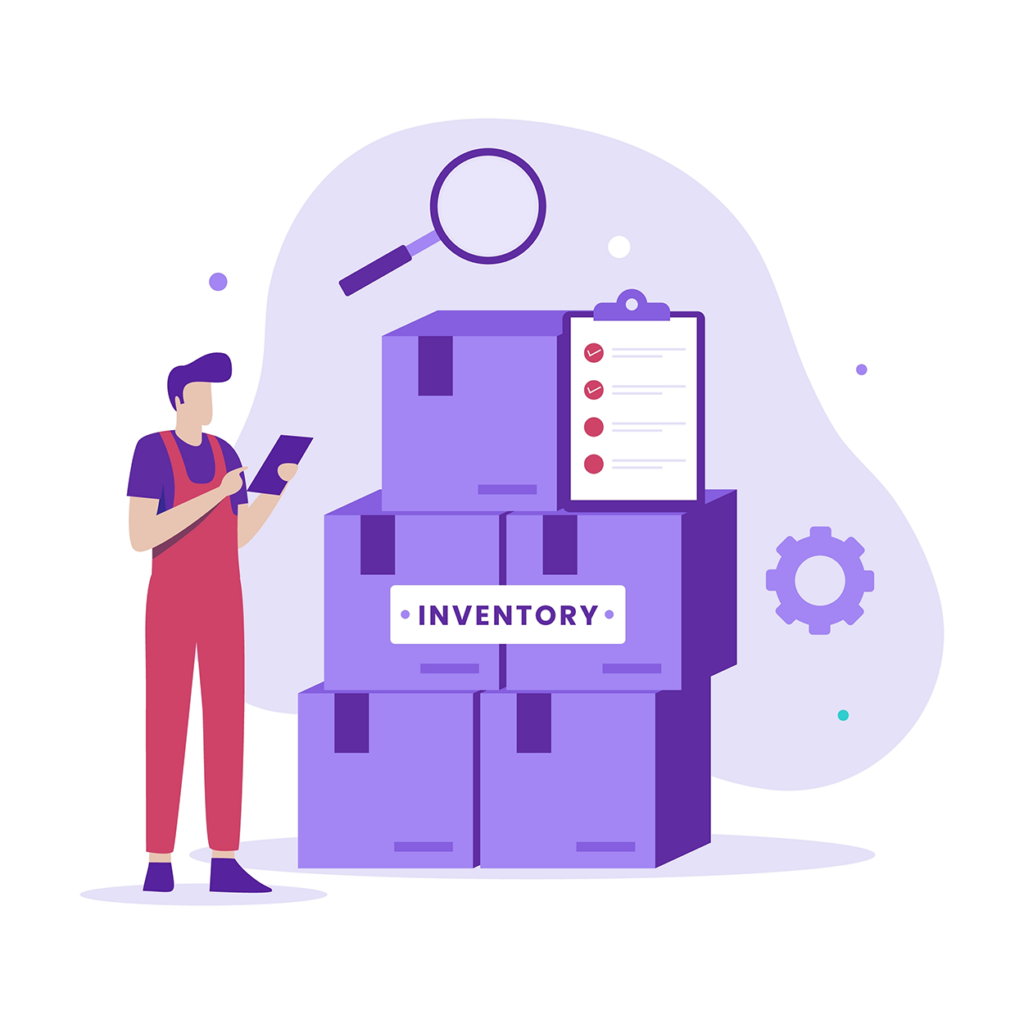Small businesses are most successful when their employees are at their happiest. Why? When your employees are content, they’re more likely to be productive, creative and motivated at what they accomplish.
Essentially, happy employees always go the extra mile — and it’s not because they have to — they want to do their best. In fact, one study at the University of Warwick found that happy workers were 12% more productive than unsatisfied employees.
Plus, your company reduces high costs associated with employee turnover, sick days, days off and work mistakes.
However, a happy workplace doesn’t just happen accidentally. Physical and intangible places can make your office functional and harmonious. Here are 11 office improvements you can make to establish a better environment this year.
1. Incorporate Natural Lighting
Natural lighting might look better in the office. However, it also has a strong connection between your workers’ sleep and energy quality. Offices with windows will bring in the light from the sun, regulating energy and creating additional rest each night.
Therefore, your workers will feel well-rested each day and have a better frame of mind. So open up those shades or move workers’ desks closer to the windows. That way, your employees will receive as much sunlight as possible.
If your office has poor lighting conditions, consider improving it with office lighting solutions. For instance, you can bring in ample lighting by adding lamps for controlled lighting. Lamps or task lights reduce energy consumption and promote the well-being of your team.
If you have fluorescent lighting, consider investing in fluorescent light filters to help them appear more natural. Filters allow for full-spectrum natural light and they’re an affordable way to enhance your team’s morale.
2. Reduce Noise
Sometimes open office layouts are a necessity depending on your business. However, 30% of office workers feel unsatisfied with open floor plans because of the noise it creates inside the workplace. Overall, it makes distractions and daily interruptions for people, wasting valuable time and productivity.
Consider providing a quiet room for workers to get a break from the noise. Doing so allows them to retreat to a place of solitude and improve concentration for difficult tasks. In turn, employees decrease stress and enhance their mood and productivity.
Yet, if personal workrooms are not an option for your business, you could provide employees with noise-canceling headphones. These headphones allow employees to escape the noise, helping them focus on their work.
3. Brighten the Office With Color
Brightening the office with paint colors is an excellent way to reduce stress in the workplace and elevate workers’ moods. You could also consider using colorful wallpaper designs to enhance their productivity.
Light paint colors, such as baby blue, light lime green, white, or cream, can create a calm working environment. Plus, it creates the illusion of natural lighting, effectively reflecting every light source around the office.
If you want to inspire creativity and positive energy, you could also incorporate bright yellows to mimic natural sunlight.
Colors provoke certain emotions, so they can help you make more informed decisions when choosing office paint colors.
While wallpapers take a little more effort, they can be just as effective. You can bring character into the office by using colorful designs to enliven the space.
4. Add Freshness With Nature
Plants have a way of impacting workers’ spirits and health in a positive light. Regardless of how small or large your office is, you can incorporate lively greenery into your décor. Even if you’re concerned about lighting, some plant varieties can thrive in low-light environments.
Bring the outdoors inside by placing snake plants, peace lilies, philodendrons, palms, and ferns on desks, walls, and windows.
While plants are perfect for adding beauty to the space, they’re beneficial in other ways. For example, plants can support your staff by providing a fresh oxygen supply to the workplace. In addition, they can purify the air—making your office a healthier place to work.
5. Provide a Small Kitchenette or Lunch Room
Providing a space for employees to eat their lunch doesn’t have to be large. However, the point is to give them a place to make coffee or have a snack break during the workday.
When you have a proper place designated for lunch, you keep employees healthier and well-balanced. Otherwise, those who eat lunches at their desks find themselves stealing time away for relaxation.
Furthermore, you can encourage your team to get up and move around every while. That way, they can feel recharged once they’re ready to get back to work.
While creating a space for people to dine, ensure you provide healthy snacks for your team. Promoting healthy eating in the workplace benefits workers’ health and helps them stay productive. In fact, eating habits can directly influence your team’s performance.
So ensure you’re offering superfoods to enhance their brain function, memory, energy, and focus skills. Blueberries, nuts, bananas, and dark chocolate are all foods that can serve your crew’s productivity.
6. Support Posture With Furniture
Neck strain, leg pain, and back pain are all common injuries that office workers experience. And, it’s all contributed to poor posture from sitting all day. As a result of these issues, you have to deal with employee absenteeism daily.
To ensure your team doesn’t suffer, start arranging workspaces with ergonomic furniture. Ergonomic chairs and desks can support your colleague’s posture and create a more comfortable, productive work environment.
In addition, you could consider investing in standing desks. One study found that standing-desk users were 45% more productive daily than those who remained seated.
You could also incorporate character with vibrant furniture. Many employees lose interest in their work with bland office designs. Consider driving employees’ enthusiasm by carefully choosing furniture that meets their needs.
7. Create a Positive Company Culture
In an office environment, company culture plays a large role in bringing people together and ensuring a positive place to work. If you want to improve the office to make a productive environment, you need a strong company culture.
To ensure you retain talent and productivity, guide your organization with your values and beliefs. Therefore, you can create a positive work culture by establishing and promoting your business’s goals. Allow for humor in the workplace and prioritize respect.
Once you introduce a new company culture, your organization will thrive and inspire more teamwork.
8. Incorporate a Training Space
Training is an essential part of the workforce these days. When you have well-trained employees, they become much happier and more productive because they’re confident in their work.
You could be introducing a new workflow or familiarizing your team with new software. Either way, you must have a workspace dedicated to training.
For instance, the conference room or collaboration area can be useful for training. However, you should avoid making this space feel too cozy. When your team is relaxed, they might pay less attention to your training sessions.
Ensure you provide a less comfortable space by creating a huddle room—no sofas and chairs. A stand-up meeting can be more efficient for productivity and waste less time during sessions.
9. Keep the Office Clean
If your team’s desks fill up with clutter by the end of the workday, you may consider creating a better environment.
Neatly stacked papers and organized office tools make an attractive and pleasant workspace.
Try creating a comfortable environment by clearing away clutter, throwing out broken equipment, and mending flickering lights. When you invest in a cleaner office, you invest in the well-being of your team.
Keeping office furniture and equipment sanitized is also necessary. Desks, chairs, tables, computers, copiers, and fax machines often have more bacteria than other surfaces in the office. In turn, these can spread germs and illnesses around, making it difficult for your business to operate efficiently.
Instead, you can schedule regular cleaning each week and use sanitizing wipes on the most-used surfaces. Daily essentials like keyboards, work desks, and drawer handles are employees’ most commonly used areas.
10. Craft an Open-Door Policy for Team Members
Office workers are likely to have higher job satisfaction when employers listen and make them feel appreciated. Conflicts can arise during the workday, so it’s important to maintain transparency. That’s why an open-door policy is crucial.
Many employees can feel left out of the loop or like indentured laborers. Consider creating this policy and making it known. Announce to your team that you’re always available for comments, questions, and concerns.
You can also consider taking the open-door policy literally by keeping your office door open. Most of your employees won’t feel so intimidated that way—and it encourages the opportunity for open, honest, and friendly communication.
11. Invest in Whiteboards
Whiteboards make it easier for team members to recall information and have everyone on the same page. That’s because people remember little details about what you say. However, they can retain more information visually when it’s written down.
Whiteboards are excellent for productive team meetings. It enables employees to take notes, brainstorm ideas, and more. Whether you’re conducting a casual meetup or an entire workflow review of the company, whiteboards are an essential feature for communication enhancement.
Make Your Small Business Successful With These Office Improvements
Change the office up a lot or little with these suggested improvements. Once you decide to incorporate these ideas, you could see better results within your company.
If you’re unsure of where to start, consider collecting feedback from your team. Then, make a checklist of all the improvements you’d like to create within your office. Remember, happier employees start with a healthier work environment.









